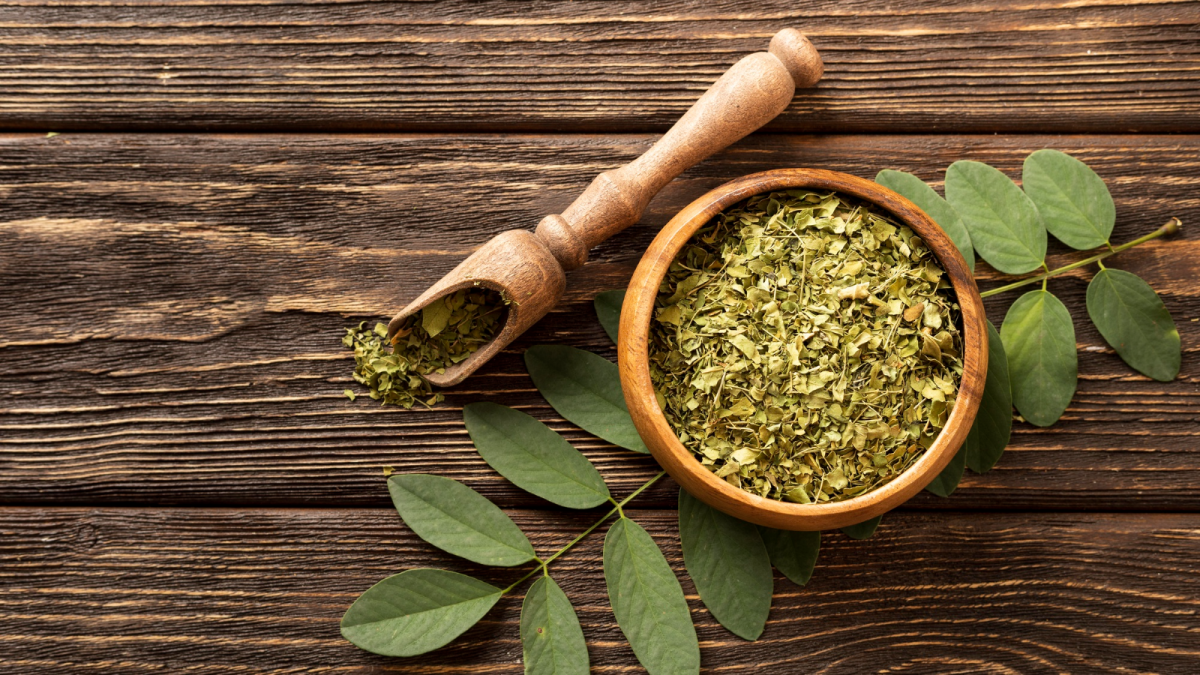
Image source
Kratom is a plant-based substance taken from the Mitragyna speciosa found in Southeast Asia, and it is growing in popularity in Canada for health reasons. Many are now interested in Kratom because it can improve energy, boost mood and help with comfort while avoiding the effects of common medications.
So, no matter if it is taken for relieving pain, lowering anxiety or enhancing focus, people across the country are now turning to this herb.
However, even though Kratom is popular, its legal status is not clear to many people in Canada. Is there a law against owning or using this? Is it possible to take it on a plane? Are there regulations in place for this herb, just like with others?
Many people in Canada are asking these questions and for various reasons.
Here, we aim to explore what the law says about Kratom in Canada, address typical misunderstandings and advise you on how to use it correctly and legally.
What Is Kratom?

Image source
Kratom is an herb from the leaves of the Mitragyna speciosa tree, which is found in Southeast Asia. For a long time, countries such as Thailand and Indonesia have valued it for what it does to heal and invigorate.
In this context, Mitragynine and 7-hydroxymitragynine in Kratom may cause changes in the body by stimulating certain receptors that affect your mood, energy and discomfort.
If taken in small doses, it is characterized as helping to improve your mental energy, motivation and productivity. Further, when used in larger amounts, it might give you a sense of calm and comfort from pain or tension.
What’s more? Because it can be used in many ways, people gravitate towards it to help with their physical and mental well-being.
In short, many people add Kratom to their routine as a herbal alternative to medicinal remedies.
Few Things to Keep in Mind About Kratom Legality in Canada
You may be wondering, is Kratom legal in Canada? Yes, technically, it is legal, but how it can be sold and used is very strictly regulated. In other words, you can buy and own Kratom in Canada. However, there are certain restrictions.
That is because it is not listed as a controlled substance under the CDSA, but there is no approval from Health Canada for humans to consume it. As a result, while people can use and own Kratom, vendors are not authorized to sell it for consumption or advertise any health benefits.
To ensure compliance, businesses should put disclaimers like “not intended for people to eat or drink” or “for research use” on their products. These rules ensure that any claims about Kratom as a treatment should be scientifically backed before marketing. As a result, knowing these rules guides you to buy Kratom safely and responsibly from reputable and trusted sources.
Is it Possible to Travel with Kratom in Canada?

Image source
It is permitted to travel with Kratom in Canada if you need it for personal reasons. You may carry it with you in your luggage while traveling domestically, including by airplane. Yet, staying mindful of some suggestions can prevent issues at security checkpoints.
Preserve the Packaging: Store the item in its original packaging since this helps prove the item is authentic and not tampered with.
Keep Lab Reports: If your vendor provides lab reports, keep them with you. These reports can back up the legitimacy of the product if questioned by an authority.
No Mixing: Do not mix or keep Kratom with anything else, like powder or other medications, to avoid any confusion during your inspections.
In other words, caution is very important when you travel overseas.
That is because in Australia, several European nations and some U.S. states, the use of Kratom has been banned or greatly restricted. Therefore, check the laws of the country you are traveling to, and you don’t face any legal issues with Kratom.
Supporting Responsible Use
One of the strongest points in Canada’s kratom community is that more are choosing to use it responsibly and learn about it. Firms such as the Canadian Kratom Association (CKA) push for reliable, understandable laws that guard customers and help sustain the quality of products. They collaborate with the public through awareness campaigns, develop safety guidelines, and engage with policymakers to ensure regulations are fair and grounded in research.
However, personal responsibility is where it all begins. If you are using Kratom, follow these useful tips:
Begin with a low amount, as this will help you evaluate your body’s reaction.
Try not to use it every day or in large quantities to lessen your chances of getting dependent.
Monitor announcements from Health Canada and active groups to stay up-to-date about updates and current news.
This way, if you are aware and informed, you can contribute positively to the continued safe use of Kratom in Canada.
Different Types of Kratom
Kratom is often sold in three main types, and each has its own unique effects.
Red vein is commonly used for its calming properties and to alleviate pain and discomfort.
The green vein may provides a stable boost by offering mild focus rather than heavy sedation or overly intense stimulation.
Many people use white veins to stimulate their minds to become more focused and motivated.
Every individual responds differently to each type of strain, depending on the dose used.
Conclusion
Kratom may still be flying under the radar for some Canadians, but for many, it’s a trusted addition to their wellness toolkit.
With its unique natural properties and growing availability, kratom offers a promising alternative for those seeking balance, focus, or calm. However, staying informed and choosing responsible practices is key.
Thus, with the right approach, kratom can be a valuable part of modern self-care.